Music theory
Melody - OCR
A melody is a linear sequence of notes. It is a combination of pitch and rhythm.

Harmony and tonality - OCR
Music contains notes in succession (melody) or notes in combination. When notes are played at the same time it is called harmony. The type of harmony created in a piece of music or a song is the tonality of the music.
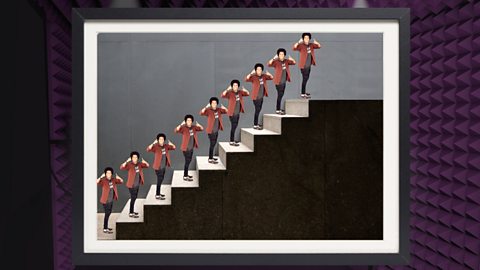
Structure - OCR
Most music is divided into different sections. These can be identified by keys, melodies, lyrics or chord sequences. The different sections form the structure of a piece or song.
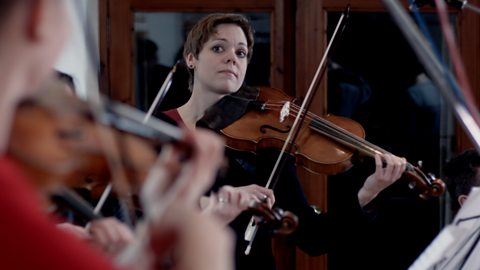
Tempo, metre and rhythm - OCR
Tempo, metre and rhythm are vital in all forms of music. Tempo is the underlying beat of the music. Metre is the organisation of rhythms into certain regular patterns. Rhythm is the organisation of particular sounds by their length. Without tempo, metre and rhythm, music would be disorganised and chaotic.
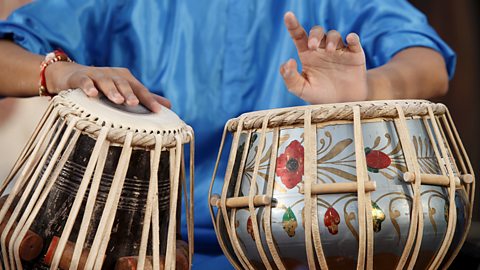
Dynamics and articulation - OCR
Dynamics are used to show what volume a piece of music should be played at. Articulation is used to show how to play a note - if it should be short and spikey or smooth.

Sonority (Timbre) - OCR
Sonority is another word for timbre. The timbre or sonority of an instrument or voice is the colour, character or quality of sound it produces.
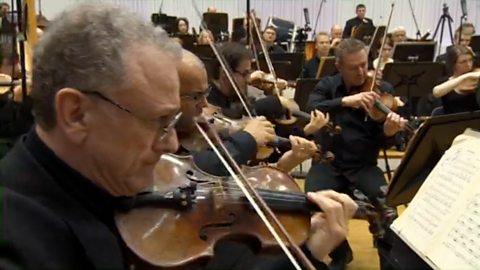
Texture - OCR
Some music is written with 'block' chords, some has weaving parts around the tune, and some music has no harmony at all. These are all examples of textures in music.
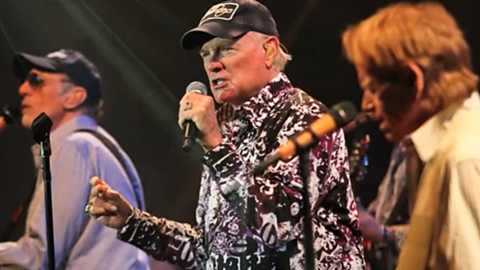
Notation - OCR
There are different ways of writing down music - this is called notation. Written music will indicate the type and length of note to be played.
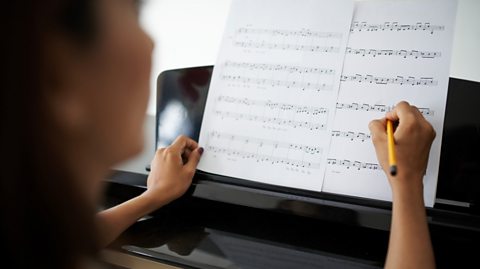
The concerto through time
Bach: Brandenburg concerto No.5, third movement - OCR
J.S. Bach came from a family of successful musicians and was one of the most prominent composers of the Baroque period, writing six concertos for the noblemen of Brandenburg. Bach took on the work in the hope for employment, but the concertos took a lot longer than expected.
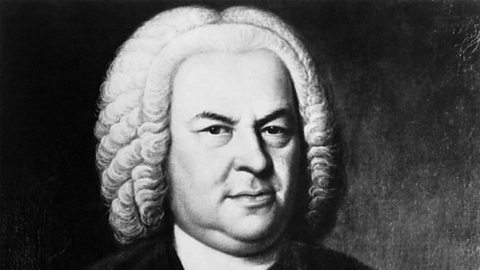
Beethoven: Piano Concerto No.1 - OCR
Ludwig van Beethoven's Piano Concerto No.1 was composed in 1795 and was first performed in Vienna, Austria, by Beethoven as the solo pianist. The piece was published in 1801 after some revisions.
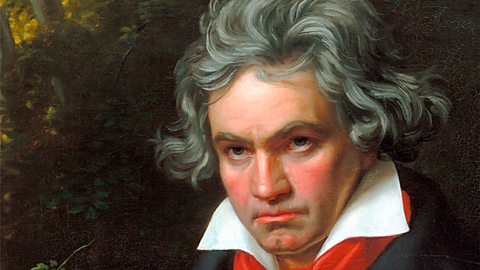
Brahms: Violin Concerto - OCR
Johannes Brahms was a composer in the Romantic period. The Violin Concerto in D major was written in 1879 and first performed in Leipzig, Germany. Brahms composed it for his friend, who was a virtuosic violinist.
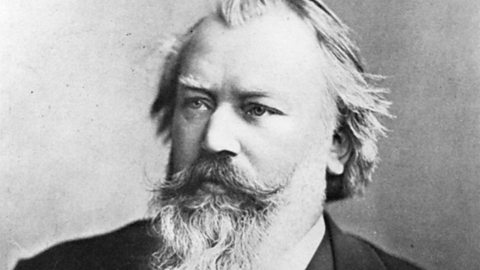
Rachmaninov: Piano Concerto No.2 - OCR
Sergei Rachmaninov's Piano Concerto No.2 was composed between 1900 and 1901. It is often described as the greatest piano concerto of all time. The piece has influenced a number of other compositions and has been used in a number of films.
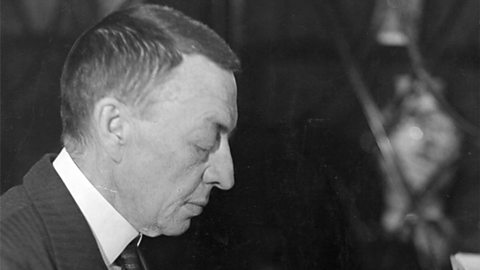
Rhythms of the world
Music of Africa - OCR
Music is an important part of traditional African life. The styles of music vary across the countries of Africa. The music features a number of percussion instruments.
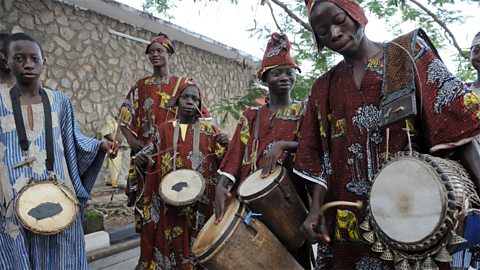
Music of South America: Samba - OCR
Samba is South American music style that is always performed with lots of percussion instruments. Every member of the ensemble has a specific role as the music often involves the layering of different rhythms over each other.
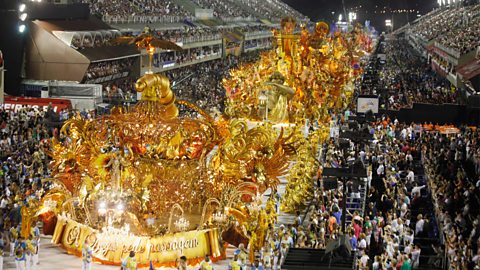
Punjabi Bhangra music - OCR
Bhangra originated from the Punjab region of India. This is where the fundamentals of modern Bhangra music began and developed the features most associated with this type of traditional music. It is a fusion of Indian and Western music.

Eastern Mediterranean and Middle Eastern music - OCR
The traditional music of the Middle East has been influenced by many different cultures and is a region rich in diverse folk music and dances. Each music tradition has a system of scales, rhythms and instruments that have lasted throughout centuries.

Film music
John Barry: Out of Africa Love Theme - OCR
John Barry composed the soundtrack for the Academy Award-winning film Out of Africa in 1985. He has also composed music for 11 of the James Bond films including Dr. No.
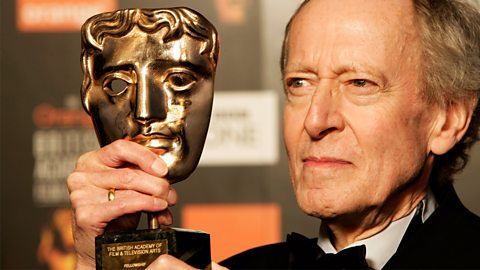
Klaus Badelt and Hans Zimmer: He's a Pirate - OCR
Pirates of the Caribbean is hugely successful film franchise. The score for the first of the film series was written by Hans Zimmer and Klaus Badelt. It begins with the He's a Pirate theme.
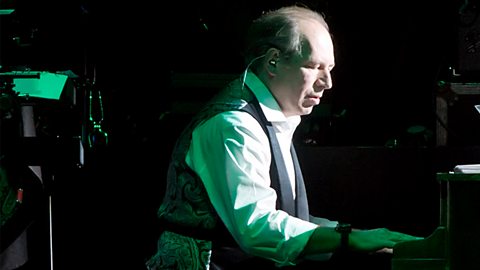
John Williams: Star Wars - OCR
John Williams is one of the most successful and sought-after film composers, writing for many blockbuster films and winning many awards. The Star Wars score is one of his most memorable pieces of work, becoming as iconic as the 1977 film itself.

Assassin's Creed - OCR
The industry of composing video game music has exploded in the last 30 years. Composers are responsible for creating the mood and atmosphere in the images seen on the screen. Interactive elements of the sound design for a computer game make a huge impact on the immersive quality of the game, which contributes to the popularity and enjoyment.
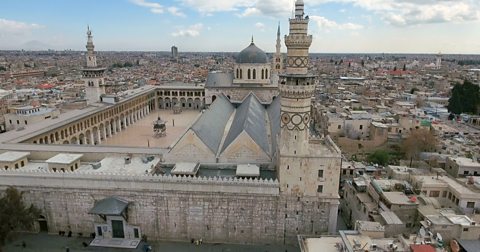
Conventions of pop
The Beatles - OCR
The Beatles were heavily influenced by rock 'n' roll artists such as Elvis Presley and Chuck Berry. The genre rock 'n' roll was developed in North America in the 1950s through combining the features of gospel, jazz and rhythm 'n' blues music.
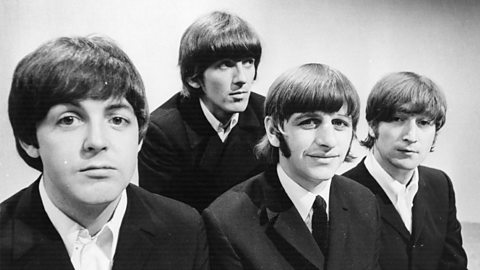
Queen: Killer Queen - OCR
Killer Queen is a song by the hugely successful British rock band Queen, released on their third album, Sheer Heart Attack, in 1974.

Bob Dylan: Make You Feel My Love - OCR
Make You Feel My Love is a song on Dylan’s album Time Out of Mind, released in 1997. It has become a popular song, covered by other artists, from Billy Joel to Adele.
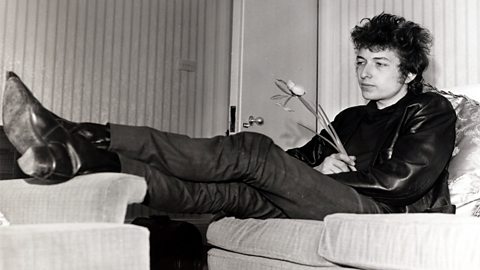
Adele: Someone Like You - OCR
Someone Like You was composed by Adele Adkins and Dan Wilson. It featured on Adele's second studio album, 21. The single was a huge success, reaching number 1 in the charts around the world and winning numerous awards.

Music technology
Music software - OCR
Music software can be used for notation, sequencing and sound recording. Music technology can help you to compose and record your own music.
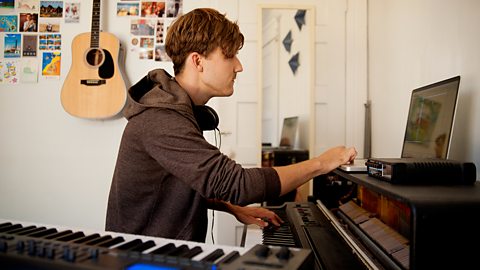
Recording music - OCR
Advances in music technology have made it possible for musicians to create their own recording studio. Computer based recording makes it easier to experiment and develop ideas.

Turntablism - OCR
Turntablism refers to the skill of DJing. Techniques such as scratching and beat juggling are used for manipulating the decks and mixing tracks.
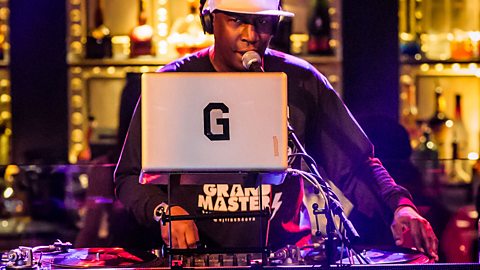
Sampling - OCR
DJ and singer-songwriter Moby is a performer from New York. He plays keyboard, guitar, bass guitar and drums. He has written popular dance music tracks which sample music from other songs.
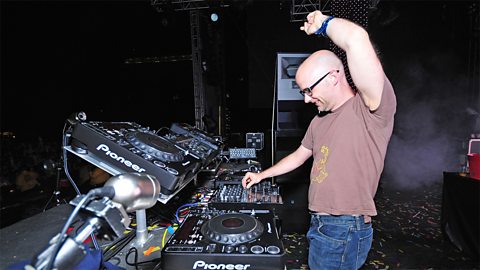
Composing
Writing your own music - OCR
In GCSE Music you will be required to compose two pieces. To do this you will need suitable tools. You will also need to find a starting point for your music, and structure, review, evaluate and experiment with your compositions.
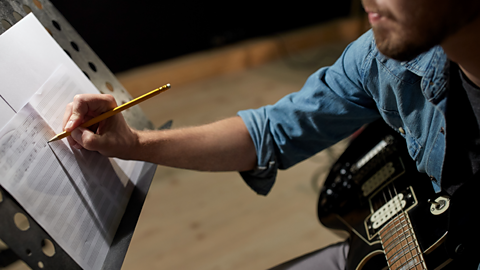
Music software - OCR
Music software can be used for notation, sequencing and sound recording. Music technology can help you to compose and record your own music.

Perfoming & evaluating
Musical performance - OCR
During a GCSE Music course, students will be expected to undertake a solo and an ensemble performance. As well as the more traditional instrumental performances, students may be allowed to realise a performance using modern music technology.
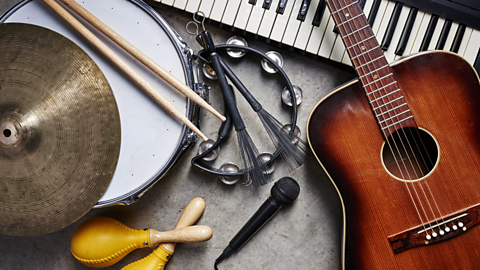
Links
- External linkExternal link
- SubscriptionSubscription
- External linkExternal link
- SubscriptionSubscription
- External linkExternal link
- SubscriptionSubscription